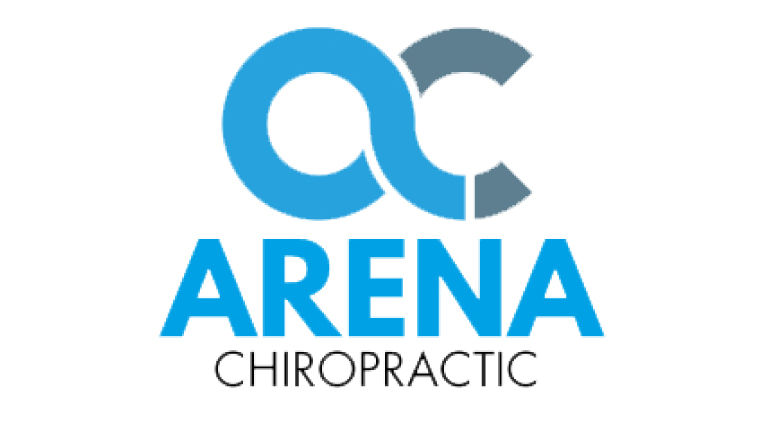Children and adults are the same but different. Most kids want to play all the time, but they also are required to go to school. Most adults would prefer to play all the time – relax, go to the gym, read a book, watch TV, or get together with friends – but most adults need to go to work at least 5 days a week. Interestingly, what most young people don’t know about adults, especially older adults, is that they think of themselves as much younger than they actually are chronologically. For example, long ago, when a reporter asked the great golfing champion Arnold Palmer how he felt about turning 60, he famously replied that “it doesn’t matter to me, I think of myself as 27.” Thus, speaking broadly, kids and adults share similar primary goals. Regular chiropractic care can enhance the quality of life for both young and older people by helping make possible the attainment of high levels of overall health.
Young people and adults share identical physiological systems that are distinguished by age and experience. For example, a child’s nervous system and immune system grow and develop over time, acquiring training and additional features as the young person proceeds through childhood, preteen years, and the teenage period. The cardiorespiratory system has full capability at birth and achieves strength, resiliency, and adaptability as the child grows. Similarly, the gastrointestinal system is fully capable at birth, but must be trained to digest and otherwise process a wide variety of foods over the first several years of the newborn’s life. The skeletal system of young men and women achieves maturity in the late teens and early twenties.
The commonality among all physiological systems, at any age and at any stage of development, is the requirement for optimal control by the nerve system, the body’s master system. The nerve system establishes a highly sophisticated feedback system between its components, that is, the brain, spinal cord, spinal nerves, and peripheral nerves, and the numerous other physiological systems. The brain sends instructions via the nervous system to other cells functioning in other systems, and the cells report back to the brain via the nervous system, providing information on their current status and metabolic requirements. In this feedback system, the spinal nerves are the central intermediary between the brain and spinal cord and the rest of the body. The presence of nerve interference can disrupt the flow of information between the brain and all the other physiological systems, resulting in system malfunctions that are apparent in the form of pain, symptoms, and disease.
Nerve interference is the result of spinal vertebral dysfunction, that is, suboptimal biomechanical functioning of the spine and its segmental components, the spinal vertebras. Spinal dysfunction causes painful limited motion of the neck and/or lower back, headaches, tight muscles, and possible radiating pain and/or numbness and tingling in the arms and/or legs. As importantly, spinal dysfunction irritates local spinal nerves and causes nerve interference that creates a host of other problems. Regular chiropractic care detects and corrects causes of nerve interference, enabling your body to function at peak effectiveness, as it was designed to function. In this way, regular chiropractic care helps people of all ages, young and old, obtain high levels of health and well-being.
- Goncalves G, et al: Primary prevention in chiropractic practice: a systematic review. Chiropr Man Therap 2017 Mar 20;25:9. doi: 10.1186/s12998-017-0140-4
- Maiers M, et al: What do patients value about spinal manipulation and home exercise for back-related leg pain? A qualitative study within a controlled clinical trial. Man Ther 2016 Dec;26:183-191. doi: 10.1016/j.math.2016.09.008. Epub 2016 Sep 23
- Rosen MR, Bergfeldt L: Cardiac memory: The slippery slope twixt normalcy and pathology. Trends Cardiovasc Med 25(8):687-696, 2015






